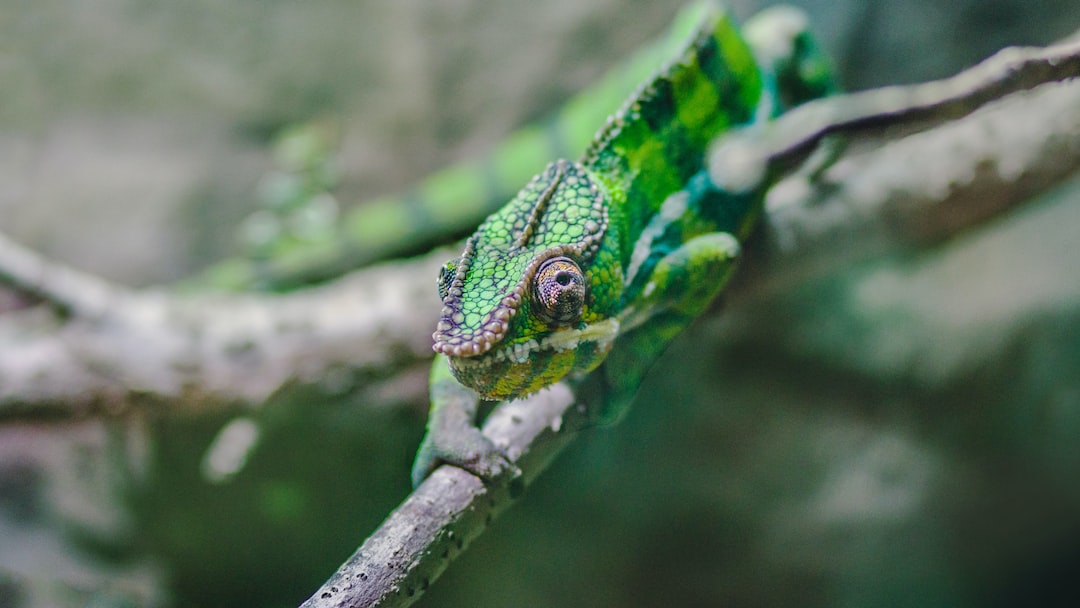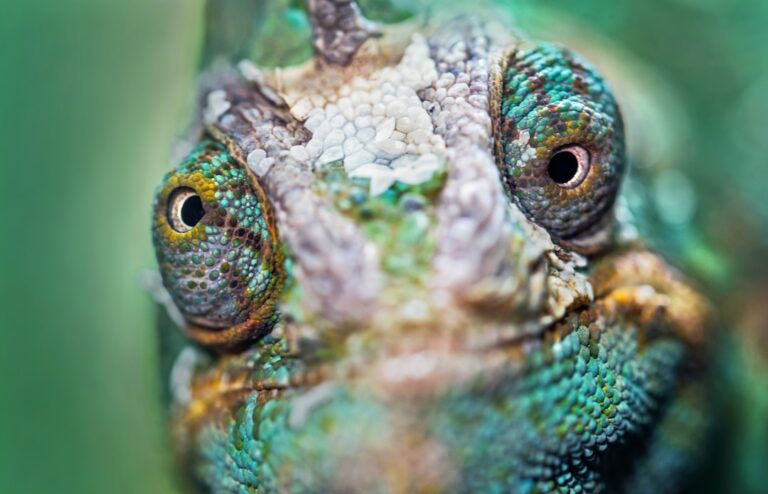Why Do Chameleons Dig?
Chameleons are fascinating creatures known for their ability to change color and blend into their surroundings. They belong to the family Chamaeleonidae and are native to Africa, Madagascar, and parts of southern Europe, Asia, and the Middle East. Chameleons have unique characteristics such as independently moving eyes, a long tongue used for catching prey, and specialized feet for climbing. One behavior that sets chameleons apart is their digging behavior.
Chameleons are known to be skilled diggers, using their strong limbs and sharp claws to create burrows in the ground. This behavior is essential for their survival in the wild as it serves multiple purposes. Understanding why chameleons dig and how they use this behavior can provide valuable insights into their biology and ecology.
Table of Contents
The Importance of Digging for Chameleons
Digging is a crucial behavior for chameleons as it serves several important functions. One of the primary reasons chameleons dig is to regulate their body temperature. Chameleons are ectothermic animals, meaning they rely on external sources of heat to regulate their body temperature. By digging burrows in the ground, chameleons can escape extreme temperatures and find a more stable environment.
In addition to thermoregulation, digging also plays a vital role in chameleon reproduction. Female chameleons dig burrows to lay their eggs, providing a safe and secure environment for their offspring. These burrows protect the eggs from predators and provide a stable microclimate for incubation.
How Chameleons Use Digging to Regulate Body Temperature
Chameleons are highly dependent on external sources of heat to regulate their body temperature. By digging burrows in the ground, they can escape extreme temperatures and find a more stable environment. This behavior is especially important in regions with hot climates, where chameleons need to avoid overheating.
Chameleons are known to dig burrows that are several inches deep, allowing them to reach cooler soil layers. The temperature in these burrows is often lower than the surrounding environment, providing chameleons with a refuge from the heat. By regulating their body temperature through digging, chameleons can maintain optimal physiological functioning and avoid the risk of heat stress.
The Role of Digging in Chameleon Reproduction
Digging plays a crucial role in chameleon reproduction, particularly for female chameleons. Female chameleons dig burrows to lay their eggs, providing a safe and secure environment for their offspring. These burrows protect the eggs from predators and provide a stable microclimate for incubation.
Female chameleons carefully select the location of their burrows, often choosing areas with suitable soil conditions and vegetation cover. Once the burrow is dug, the female lays her eggs and covers them with soil to protect them from predators and maintain a stable temperature. The depth of the burrow is essential for ensuring the eggs are adequately protected and insulated.
Chameleons and Their Need for Secure Burrows
Chameleons have a strong need for secure burrows to ensure their safety and survival. These burrows provide protection from predators, extreme weather conditions, and other potential threats. Chameleons are vulnerable animals due to their small size and slow movement, making them easy targets for predators.
The types of burrows chameleons create can vary depending on the species and habitat. Some chameleons dig simple shallow burrows, while others create more complex systems with multiple entrances and chambers. The complexity of the burrow often depends on the specific needs of the chameleon species and the environmental conditions they inhabit.
The Connection Between Chameleon Diet and Digging
Chameleon diet plays a significant role in their digging behavior. Chameleons are insectivores, primarily feeding on a variety of insects such as crickets, grasshoppers, and beetles. In the wild, chameleons need to actively hunt for their prey, which often involves climbing trees and shrubs.
A balanced diet is essential for chameleons to maintain their energy levels and overall health. When chameleons have access to a diverse range of prey, they are more likely to exhibit natural behaviors such as digging. This is because a well-fed chameleon has the energy and resources to engage in activities like digging burrows.
The Relationship Between Chameleons and Soil Quality
Soil quality plays a crucial role in chameleon digging behavior. Chameleons prefer specific types of soil that are easy to dig and provide stability for their burrows. The texture and composition of the soil can greatly influence the success of chameleon burrow construction.
Chameleons typically prefer loose, sandy soil that is easy to dig with their sharp claws. This type of soil allows them to create burrows quickly and efficiently. Additionally, sandy soil provides good drainage, preventing water from accumulating in the burrow and potentially drowning the chameleon.
How Chameleons Use Digging to Avoid Predators
Digging is an important defense mechanism for chameleons to avoid predators. Chameleons are small and slow-moving creatures, making them vulnerable to predation. By digging burrows, they can retreat into the safety of the ground when they sense danger.
Chameleons are known for their ability to blend into their surroundings, but this camouflage is not always enough to protect them from predators. When threatened, chameleons will often seek refuge in their burrows, using them as a safe haven until the danger has passed. The depth and complexity of the burrow provide additional protection, making it difficult for predators to reach the chameleon.
The Impact of Habitat Loss on Chameleon Digging Behavior
Habitat loss is a significant threat to chameleons and their digging behavior. As human activities continue to encroach on natural habitats, chameleons are losing their preferred environments for digging burrows. Deforestation, urbanization, and agricultural expansion are all contributing to the destruction of chameleon habitats.
When chameleons lose their natural habitats, they lose access to suitable soil conditions and vegetation cover necessary for digging burrows. This can have detrimental effects on their ability to regulate body temperature, find secure nesting sites, and avoid predators. It is crucial to preserve chameleon habitats to ensure their survival and maintain their natural behaviors.
Understanding the Fascinating World of Chameleon Digging
Chameleon digging behavior is a fascinating aspect of their biology and ecology. Digging serves multiple purposes for chameleons, including thermoregulation, reproduction, predator avoidance, and overall survival. By understanding the importance of digging for chameleons, we can gain valuable insights into their unique characteristics and the challenges they face in a changing world.
Preserving chameleon habitats is crucial for maintaining their digging behavior and ensuring their long-term survival. By protecting their natural environments, we can help chameleons continue to exhibit their natural behaviors and contribute to the biodiversity of our planet. Chameleons are truly remarkable creatures, and their digging behavior is just one example of the many fascinating adaptations they possess.
If you’re interested in learning more about reptiles, you might also enjoy reading the article “Do Iguanas Have Mammary Glands?” This fascinating piece explores the unique characteristics of iguanas and delves into the question of whether or not they possess mammary glands like mammals. To find out more, click here.







